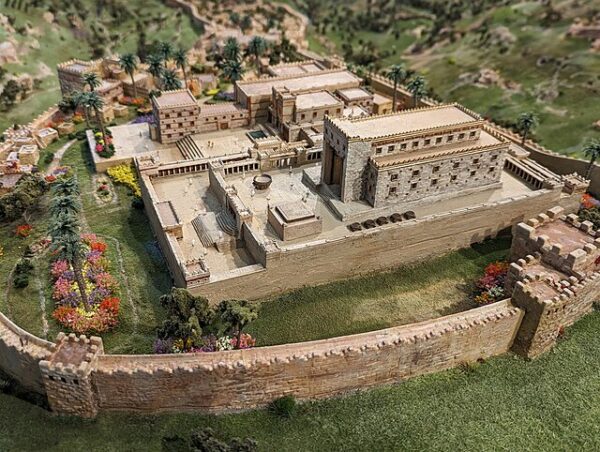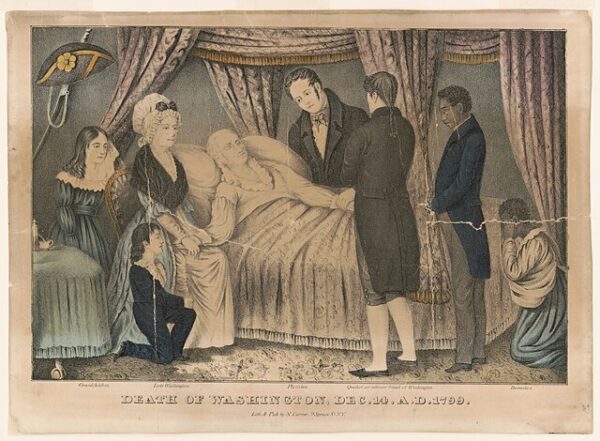On July 29, 587 BC, after months of siege, the Neo-Babylonian Empire broke through the walls of Jerusalem and destroyed the First Temple—marking the violent end of the Kingdom of Judah and the beginning of the Babylonian Exile. The conquest, led by King Nebuchadnezzar II, shattered not only Judah’s political independence but also its spiritual infrastructure. The loss of the Temple—recounted in 2 Kings 25, Jeremiah 39, and Lamentations—triggered a national trauma from which Jewish identity would emerge transformed.
The fall of Jerusalem was not an isolated event but the culmination of years of instability. Judah had become a pawn in the larger geopolitical contest between Egypt and Babylon. King Josiah’s death at the hands of Pharaoh Necho at Megiddo left a power vacuum, and his successors—Jehoiakim, Jehoiachin, and Zedekiah—wavered between submission and rebellion. Babylon’s first siege in 597 BC resulted in the capture of Jerusalem, the exile of Jehoiachin, and the appointment of Zedekiah as a vassal king. But when Zedekiah rebelled against Nebuchadnezzar, trusting vainly in Egyptian support, the Babylonian army returned—this time to finish the job.
The siege lasted nearly two years. According to Lamentations, starvation and suffering consumed the city. Children begged for bread; the once-proud capital was reduced to misery. Babylonian forces breached the city in the summer of 587 BC, slaughtered defenders, and set fire to the city and the Temple of Solomon—long considered the dwelling place of God on earth. Its sacred vessels were carried away to Babylon (Daniel 1:2), its inner sanctum desecrated, and its priesthood either killed or exiled.
For the people of Judah, the destruction of the Temple was more than a physical loss—it was a theological crisis. The Temple was not only the center of worship but the heart of their national and religious identity. With it gone, many asked whether Yahweh had abandoned them, or whether Babylon’s gods had triumphed. The exilic prophets—Jeremiah, Ezekiel, and Second Isaiah—grappled with these questions, offering visions of punishment, purification, and eventual redemption.
In Babylon, the exiles began the long process of preserving their traditions without land, king, or temple. Scholars believe that much of the Hebrew Bible was edited or compiled during this period, as the need to define and codify Jewish identity in foreign lands grew more urgent. Lamentations mourned the fall of Zion. Ezekiel saw visions of a restored sanctuary. Jeremiah promised that God had not forgotten His people, even in exile.
The destruction also reshaped Jewish worship. Without the Temple’s sacrificial system, the focus shifted toward prayer, communal gatherings, and study of the Torah—early forms of practice that would lay the groundwork for synagogue-based Judaism.
For the Babylonians, the conquest of Jerusalem reinforced their control over the Levant and humiliated a rebellious client state. For the Jewish people, it was a national death—but one that paradoxically gave birth to a more resilient religious identity. Psalm 137 captures the exiles’ anguish: “By the rivers of Babylon, there we sat down and wept, when we remembered Zion.”






